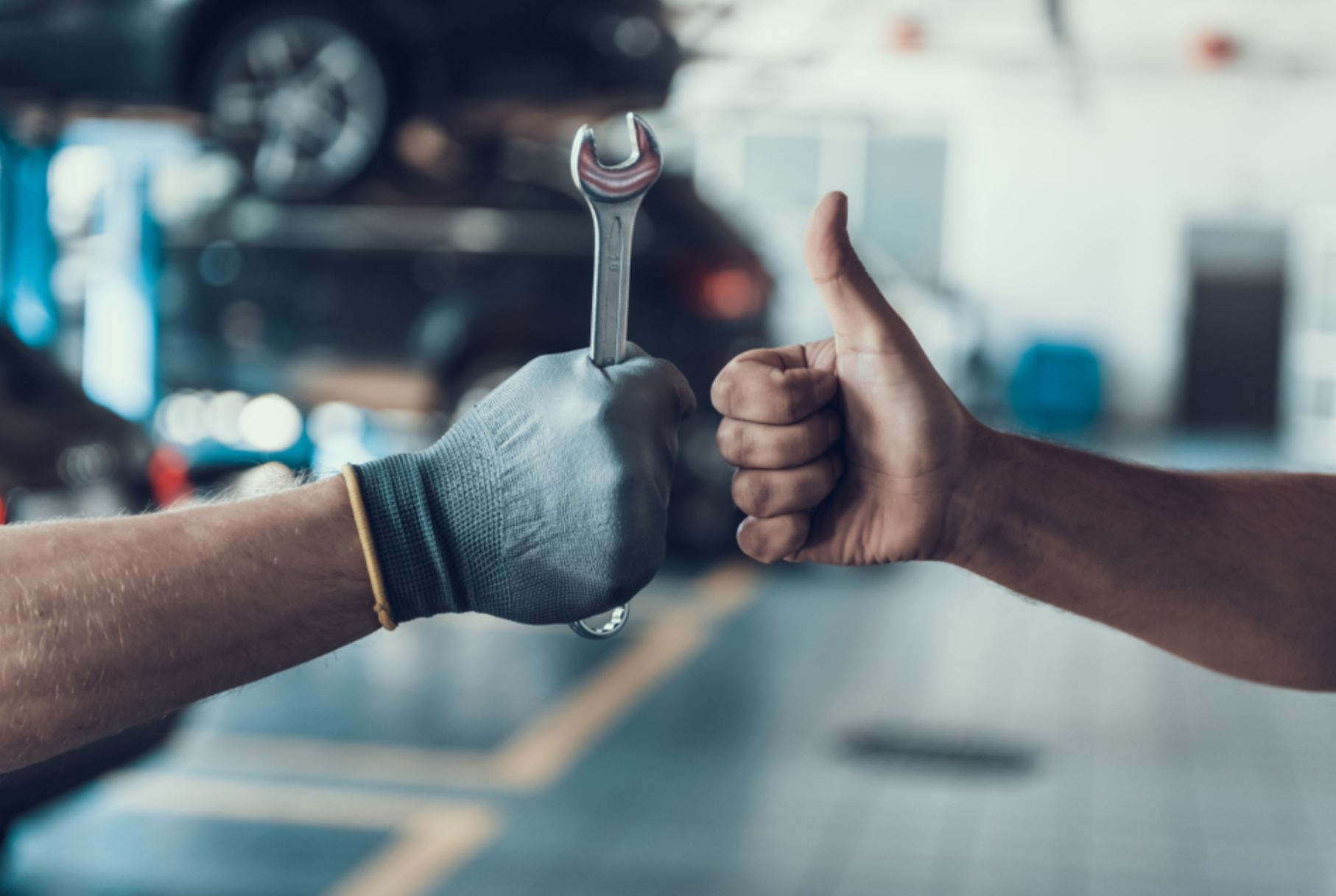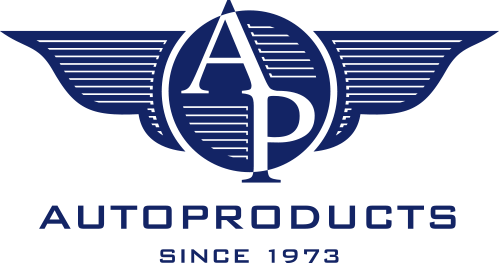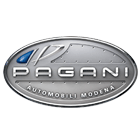
Servicing a vehicle is essential however old it is and whatever condition it is in. Manufacturers recommend that a vehicle is serviced annually, or every 12,000 miles driven, whichever happens first. A vehicle sometimes needs servicing so that the driver complies with warranty agreements, but in general, it is recommended to service a vehicle regularly so that it still runs efficiently, the longevity of the vehicle is maximised and the driver can avoid unnecessary breakdowns through wear and tear or unchecked elements of the vehicle being in poor condition.
Although the condition of a vehicle very much depends on how it is driven, there are a number of standard checks that a garage, dealership or service centre will undertake as a matter of course when carrying out a regular service. These include:
- Checking the functioning of engine, gearbox, brakes, wheels, safety belts, battery and lights
- Checking wear and tear of tyres, wiper blades, belts and hoses
- Checking the condition and levels of engine oil and filter, transmission fluid, engine coolant and brake fluid
What a service centre should do when preparing for a service
In addition to this, in preparation for the service it is best practice to:
- Ask to see the vehicle’s service logbook
- Ask what the current mileage is and what level of service is required (regular, interim or full)
- Ask the customer if they have experienced any problems with the vehicle or if there is anything that requires specific attention during the service
- Record all work undertaken on job sheets which include a visual indication to evidence what has been checked and with notifications left where corrective work has either been undertaken as agreed, or is recommended for future attention
- A copy of this report should be left with the customer
- Where corrective work is essential and required immediately, this should be agreed with the customer and a price quoted before proceeding
- During the service the interior of the car should be suitably protected so that it can be returned to the customer in the same condition it was brought in
Protecting a vehicle during a service
Any level of vehicle service will include the use and inspection of various fluids, including oils and coolants which contain dangerous chemicals. Given the nature of this work, it is very easy for these materials to come into contact with service engineers and hence onto the bodywork or the interior of a vehicle.
It is therefore best practice during a service to protect the interior and exterior of the vehicle with suitable products. These can include seat covers, floor mats, steering wheel covers and also protectors for the wings or front of the vehicles, for when working under the bonnet and leaning over the vehicle.
Branded vehicle protection is very popular with service centres and dealerships which specialise in certain brands and vehicle types. This offers a professional look as well durable and reliable protection, and helps promote your quality standards and put the customer at ease while their vehicle is being serviced.
A service can take between two and three hours, and even longer if a problem is found that has to be addressed. During this time a customer needs to be reassured that their vehicle is in the best possible care and it will be returned to them in the best possible condition. This is why branded vehicle protection is becoming increasingly popular.
Contact Autoproducts today and we can talk to you about best practice in vehicle servicing and why our branded vehicle protection will enhance your service offering and make it the best in the business.































